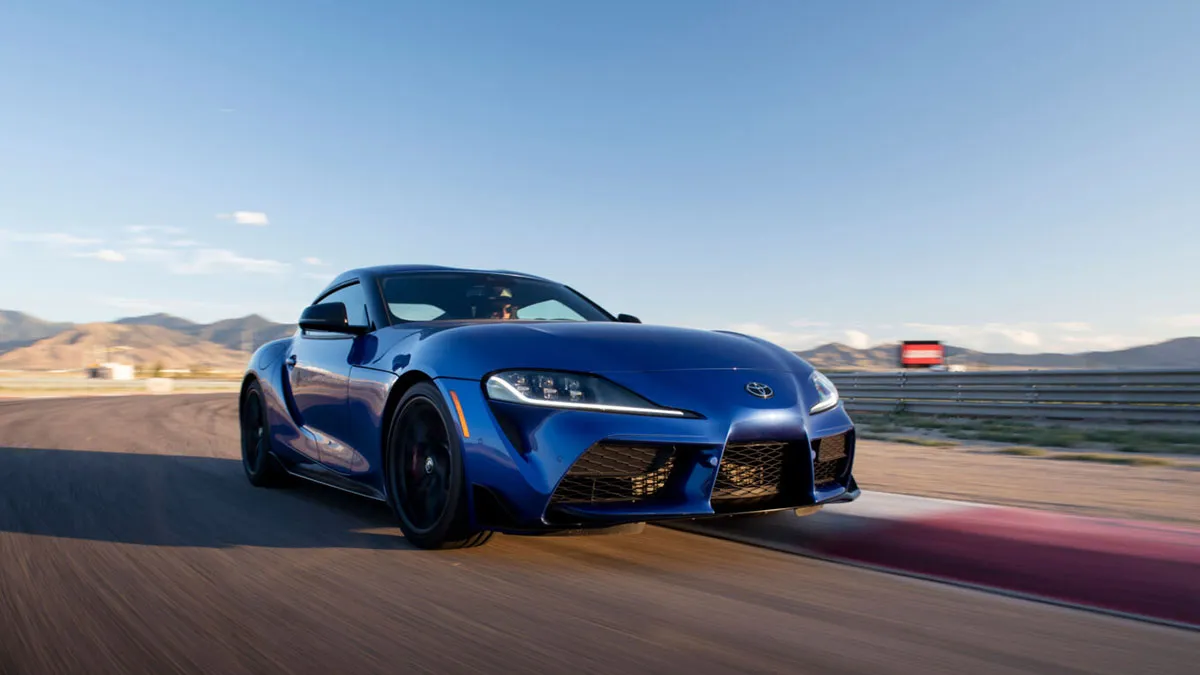In the vast and often unpredictable world of classic car collecting, few stories are as compelling as the rise of 1980s Japanese sports cars. Once overlooked in favor of American muscle or European exotica, these agile, efficient, and forward-thinking machines have undergone a remarkable transformation—from secondhand bargains to rapidly appreciating collectibles.
Throughout the 1990s and early 2000s, you could pick up an old Nissan 300ZX, Toyota Supra, or Mazda RX-7 for just a few thousand dollars. Now, pristine examples of these same cars are selling for tens of thousands, sometimes even more. So what changed?
To understand this shift, we have to look at a combination of factors: the cars themselves, the generation that grew up idolizing them, and the broader changes in the collector car market. These Japanese sports cars were never just about raw power.
Instead, they were about innovation—turbocharging, lightweight construction, and advanced features that were often ahead of their time.
In an era where American automakers were struggling with emissions and European brands were focused on luxury, Japanese companies created precise, high-revving machines that delivered excitement at an attainable price point.
Also Read: 5 Vehicles That Survive Any Terrain and 5 That Don’t Belong Off-Pavement
Now, as enthusiasts from the 1980s and ’90s reach the age where disposable income meets nostalgia, these cars are experiencing a renaissance. Add to that the limited production numbers, excellent aftermarket support, and the rising influence of JDM (Japanese Domestic Market) culture in the West, and you have a recipe for explosive value growth.
From the Nissan 240SX to the Toyota MR2, and from turbocharged legends like the Mitsubishi Starion to the quirky rotary-powered Mazda RX-7, these cars are more than just vintage rides—they are symbols of an era that is being rediscovered and reappreciated by a new generation of collectors. This article dives deep into the reasons why the 1980s Japanese sports car is finally getting its due.
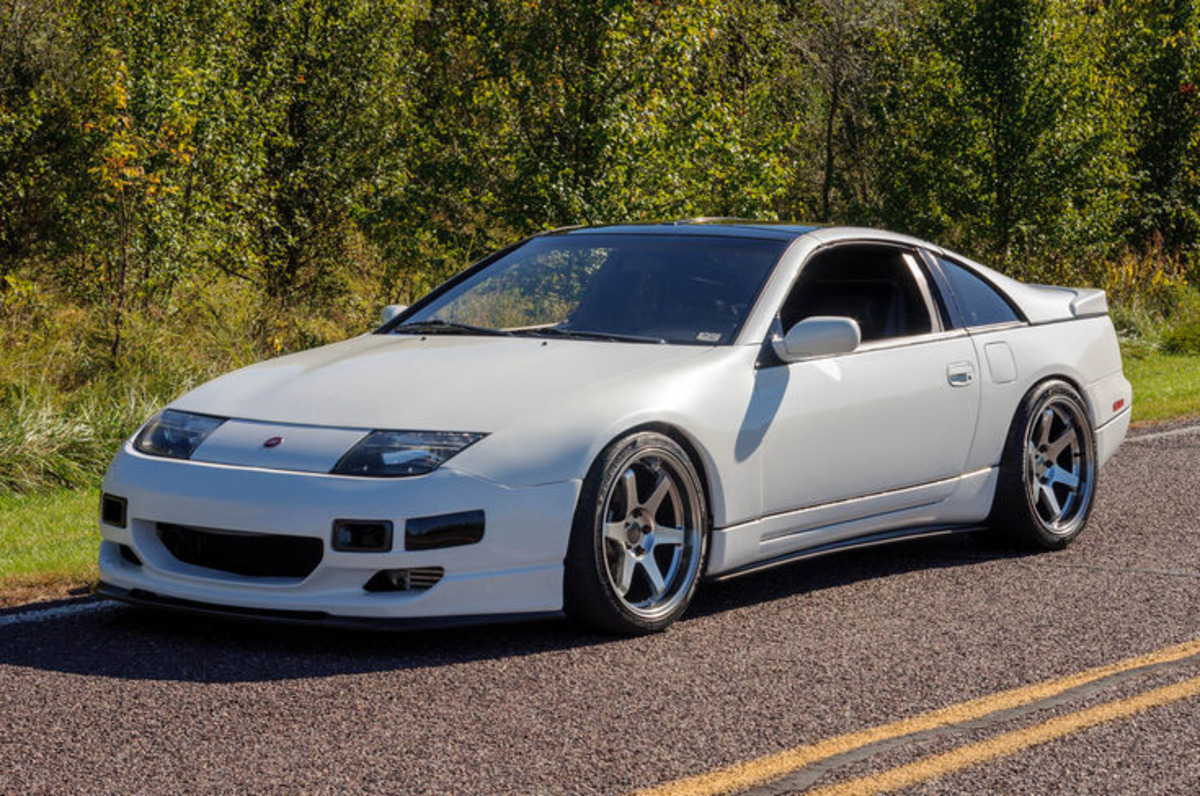
Engineering Innovation: Ahead of Their Time
One of the most compelling reasons 1980s Japanese sports cars are climbing in value is their cutting-edge engineering. During a decade when much of the global auto industry was struggling with performance due to emissions regulations and economic concerns, Japanese manufacturers doubled down on innovation.
The result was a wave of vehicles that didn’t just compete with their Western counterparts—they often outclassed them in terms of handling, reliability, and tech. Take the Mazda RX-7 FC, for example. Introduced in 1985, it featured a lightweight rotary engine and near-perfect weight distribution, offering a driving experience that rivaled far more expensive European models.
Another standout was the Toyota Supra Mk3, which arrived in 1986 as a separate model from the Celica. It introduced a turbocharged inline-six engine with electronic fuel injection, double-wishbone suspension, and even adjustable dampers—features that were rare in its price bracket.
Nissan also made major waves with the 300ZX (Z31), which brought advanced aerodynamics, turbocharged V6 power, and a digital dashboard that looked like it came out of a sci-fi movie. These weren’t just sports cars—they were showcases of Japanese technological ambition.
Perhaps most impressively, these vehicles managed to deliver this level of innovation while maintaining affordability. They weren’t exotic or elite; they were accessible to middle-class buyers and young enthusiasts.
That accessibility made them popular, but it also meant many were driven hard, modified, or poorly maintained over the years. Today, finding clean, stock examples is becoming increasingly rare, which is only adding to their allure—and their market value.
These cars didn’t just survive the 1980s; they helped define it, and their groundbreaking engineering is one of the key reasons they are now being so hotly pursued by collectors.

The Youth Who Grew Up, Came Back
Another powerful driver behind the surge in value of 1980s Japanese sports cars is nostalgia. The generation that came of age in the late ’80s and early ’90s is now in its 30s, 40s, and 50s—an age where many have the disposable income to start collecting cars they dreamed about as teenagers.
Back then, posters of Supras, RX-7s, and Z-cars adorned bedroom walls alongside Ferraris and Lamborghinis. But unlike those European dream machines, Japanese sports cars were attainable fantasies. Many kids saw them in their neighborhoods or were driven by older siblings. Today, the chance to own a piece of that memory has become irresistible.
The role of pop culture cannot be overstated. Japanese cars were immortalized in everything from video games like Gran Turismo and Need for Speed to movies like Initial D and The Fast and the Furious franchise. These media portrayals helped romanticize the design, performance, and tunability of JDM vehicles.
They weren’t just cars—they were symbols of rebellion, individuality, and style. And they weren’t confined to Japan. Enthusiasts across the globe, especially in North America and Australia, embraced the Japanese sports car culture with enthusiasm.
With the passage of time, that emotional connection has deepened. Nostalgia isn’t just about remembering; it’s about reconnecting. For many, buying an ’80s Japanese sports car is a way to recapture a moment from their youth—a time when life was simpler and dreams were bigger.
As demand from this group grows, so does competition for well-preserved or properly restored examples. Nostalgia has transformed these once-humble machines into icons, and icons, as we know, rarely stay cheap for long.
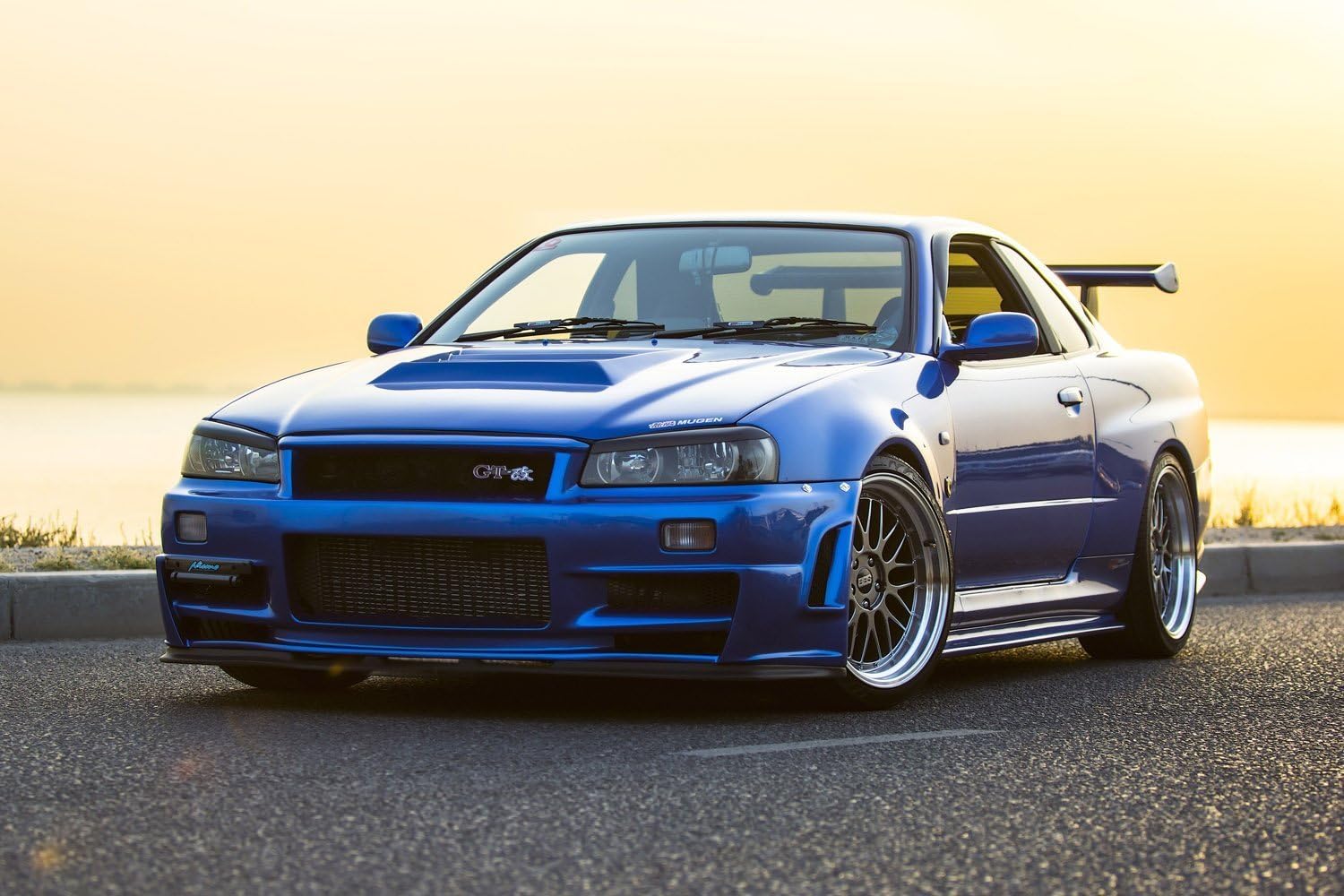
Rarity and Survivor Status: Clean Examples Are Vanishing
In the car collecting world, rarity is everything. And when it comes to 1980s Japanese sports cars, truly clean, unmodified examples are becoming exceedingly rare. These cars were built for driving, not preserving. They were affordable, fun, and often used as daily drivers or track toys.
Many were modified extensively—lowered, turbo-swapped, or fitted with aftermarket body kits. While this was great for personalization, it wasn’t great for long-term preservation. Today, finding a stock Toyota MR2 AW11 or a first-generation RX-7 that hasn’t been chopped up or abused is a legitimate challenge.
Add to that the issue of rust, which plagued many Japanese vehicles of that era, especially in northern climates. Thin sheet metal and limited rust-proofing meant that unless these cars were garaged and carefully maintained, they often deteriorated quickly.
Junkyards filled with 240SXs and Starions became a common sight by the early 2000s. Those that survived in good condition did so either by luck or because they were owned by enthusiasts who recognized their potential value early on.
As the number of survivors dwindles, their market value rises. Rarity fuels desire, and desire drives prices. Auction sites like Bring a Trailer now regularly feature immaculate 1980s Japanese sports cars that fetch jaw-dropping prices, far beyond what anyone expected a decade ago.
A mint-condition, low-mileage Nissan 200SX or Toyota Celica GT-S can now sell for more than a new sports car, a testament to how much scarcity is affecting these vehicles’ market trajectory. In many ways, the cars themselves haven’t changed—it’s their context in the collector world that has. They’ve transitioned from disposable to desirable, and their rarity is a huge part of why.
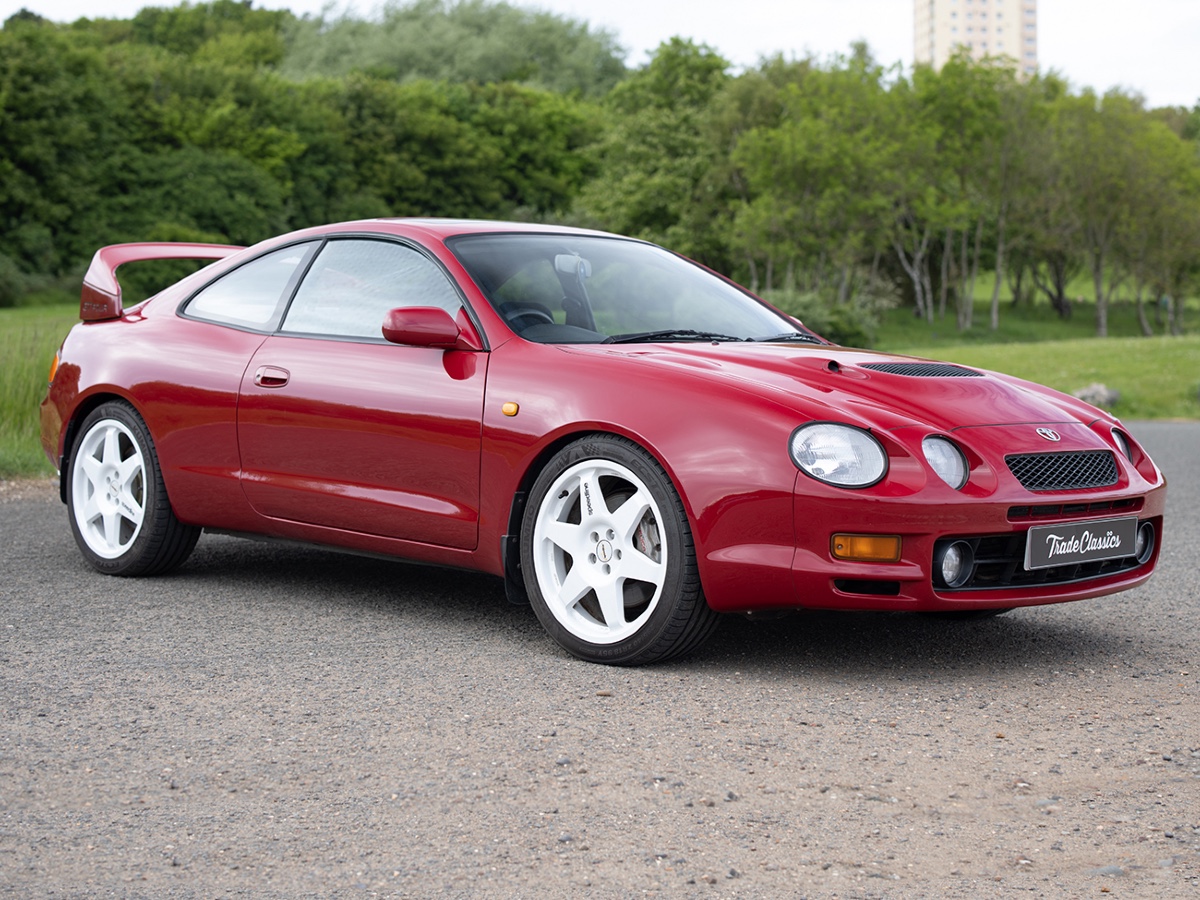
The Rise of JDM Culture in the West
Japanese Domestic Market (JDM) culture has exploded globally, particularly in the United States, where import laws have become more permissive. This trend has significantly influenced the value of 1980s Japanese sports cars. Once relegated to niche tuning shops and underground drift scenes, JDM has gone mainstream.
Enthusiasts now celebrate originality, provenance, and even right-hand-drive configurations, which were once considered deal-breakers. This cultural shift has elevated the appeal of everything from the Nissan Skyline R31 to the Mitsubishi Galant VR-4.
Much of this boom can be traced to the 25-year import rule in the U.S., which allows vehicles not originally sold in the country to be legally imported once they hit 25 years of age. Cars like the Nissan Silvia S12, Toyota Soarer, and Honda City Turbo—all largely unknown to most Americans in the 1980s—are now cult favorites.
Collectors are scouring Japan and Australia for untouched examples, often willing to pay a premium for originality and low mileage. The export market has tightened supply and pushed values even higher in both native and foreign markets.
Social media and content platforms have amplified this trend further. Influencers, YouTubers, and digital car clubs showcase restorations, track builds, and historical deep-dives, fueling even more interest.
With this exposure has come a greater appreciation for JDM nuances—factory options, trim levels, even original dealer stickers. What was once underground is now center stage, and 1980s Japanese sports cars are reaping the benefits. JDM culture isn’t just a fad—it’s a lasting influence reshaping how the world sees these vehicles.
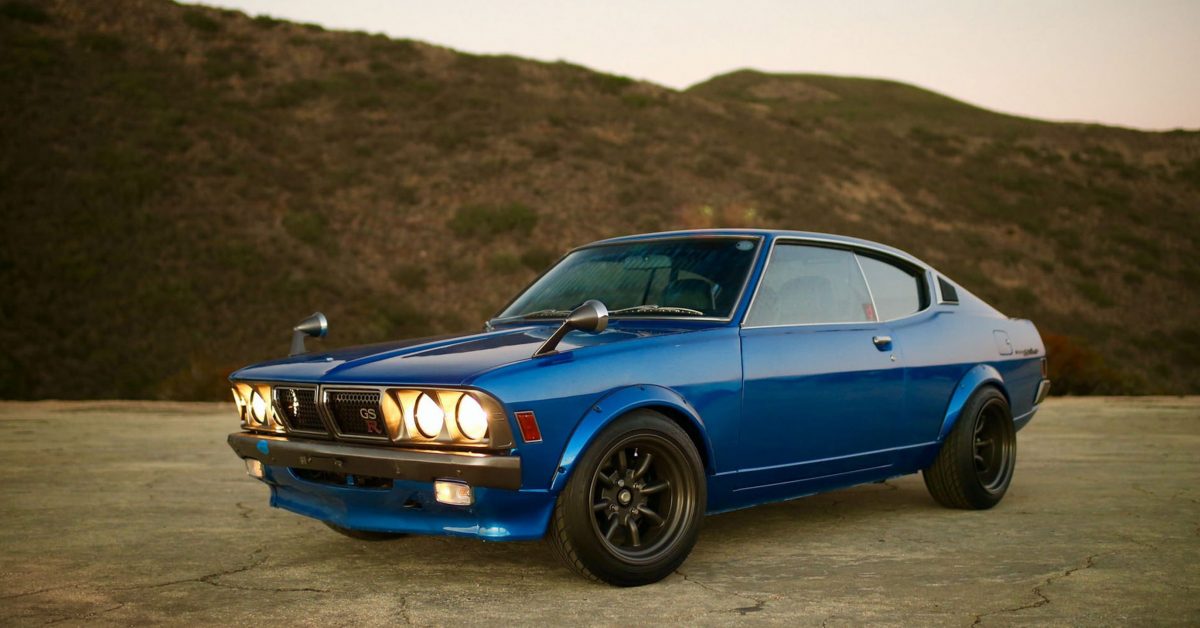
From Cheap Fun to Smart Collectibles
Not long ago, buying a 1980s Japanese sports car was a decision driven by passion, not profit. But now, as values surge and collector interest intensifies, these cars are increasingly viewed as smart investments. The classic car market has always favored scarcity, desirability, and historical significance—all traits these cars now possess in spades.
As traditional classics become unattainably expensive, enthusiasts and investors alike are turning to more approachable alternatives. Enter the 1980s Japanese sports car—a perfect blend of affordability, performance, and nostalgic value.
Auction trends underscore this shift. Cars like the 1987 Toyota Supra Turbo and the 1986 Mazda RX-7 GXL are now fetching prices that rival European contemporaries. Even lesser-known models like the Mitsubishi Starion and Subaru XT Turbo are seeing value growth, particularly in original or well-preserved condition.
Collectors now hunt not just for flagship models, but also for niche variants and special editions, such as the Nissan 300ZX Shiro Special or the Toyota MR2 Supercharged. These “hidden gems” are quickly being scooped up, adding speculative excitement to the market.
It’s worth noting, though, that not all appreciation is purely financial. Many buyers enter the market with a genuine love for the cars and are thrilled to see them gain recognition. That passion translates into community events, restoration shops, and a vibrant parts aftermarket—all of which reinforce value.
As demand increases and supply diminishes, it’s clear that 1980s Japanese sports cars aren’t just enjoying a moment—they’re establishing a permanent place in the classic car hierarchy. For many, that makes them not just a smart investment, but a fulfilling one.

The Comeback Kids of the Car World
The meteoric rise in value of 1980s Japanese sports cars is no accident. It’s the result of a perfect storm—timeless engineering, generational nostalgia, increasing rarity, cultural influence, and a newly found place in the investment spotlight.
These vehicles were once the underdogs of the automotive world: dependable, affordable, and often underappreciated. But their story has come full circle. Today, they stand as testaments to Japanese innovation, a vibrant car culture, and the enduring power of design that resonates across decades.
Their appeal spans generations—whether you’re a seasoned collector, a former owner looking to recapture your youth, or a newcomer discovering their charm for the first time. The 1980s were a bold, transitional era for the automotive industry, and nowhere is that more evident than in the sports cars of Japan.
Also Read: 5 Cars That Still Drive Well Over 250K Miles and 5 That Fall Apart Early
From turbocharged coupes to agile mid-engine runabouts, these cars offer a pure, analog experience that’s increasingly rare in the modern, tech-laden automotive world.
As time marches on, the value of these cars—both emotional and monetary—is likely to keep rising. But more than anything, they remind us that greatness doesn’t always come with prestige badges or six-figure price tags.
Sometimes, it arrives quietly, with a rev-happy four-cylinder, a manual gearbox, and a sticker price meant for the everyman. And now, decades later, the world is finally giving them the recognition they’ve always deserved.

